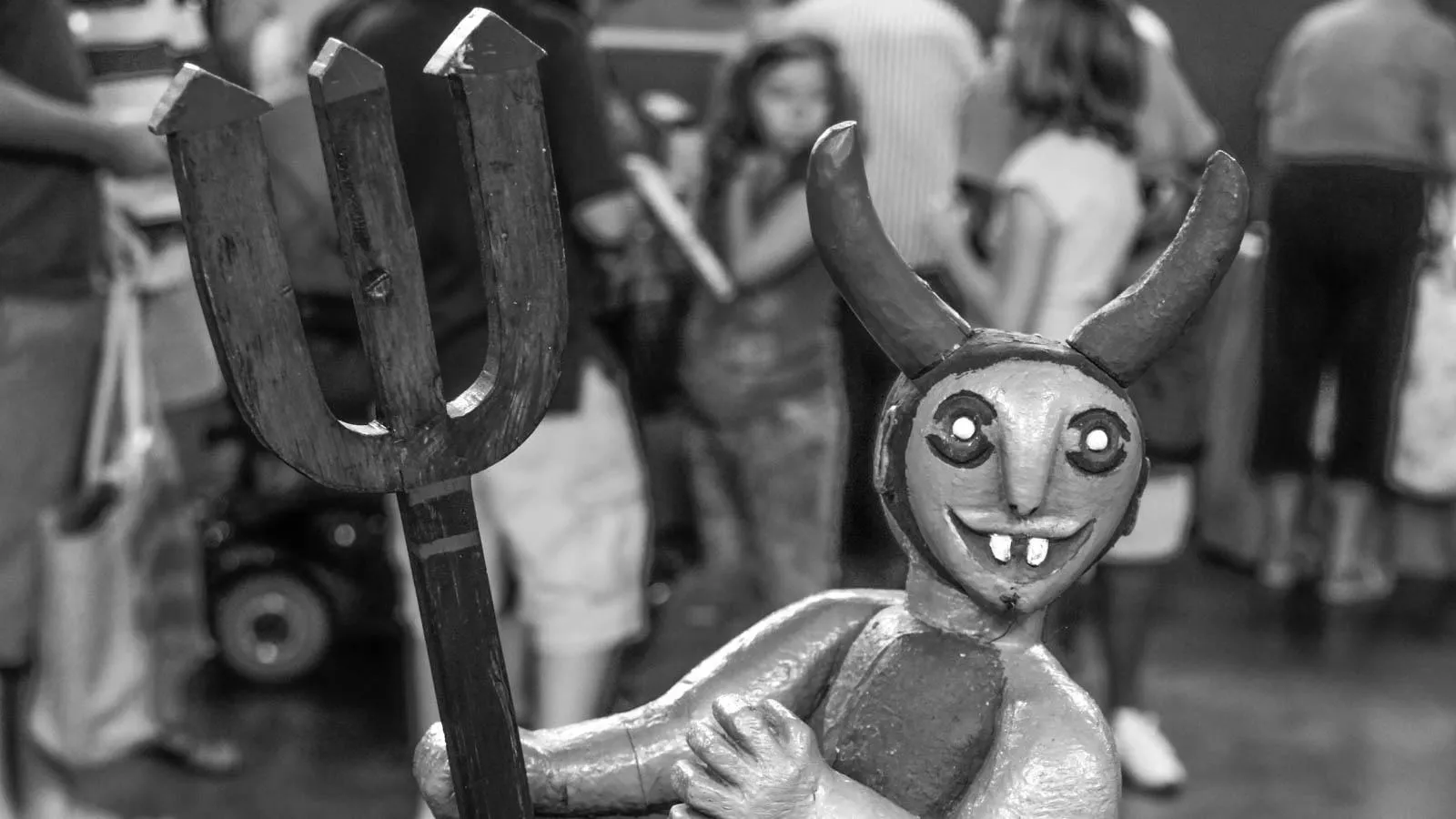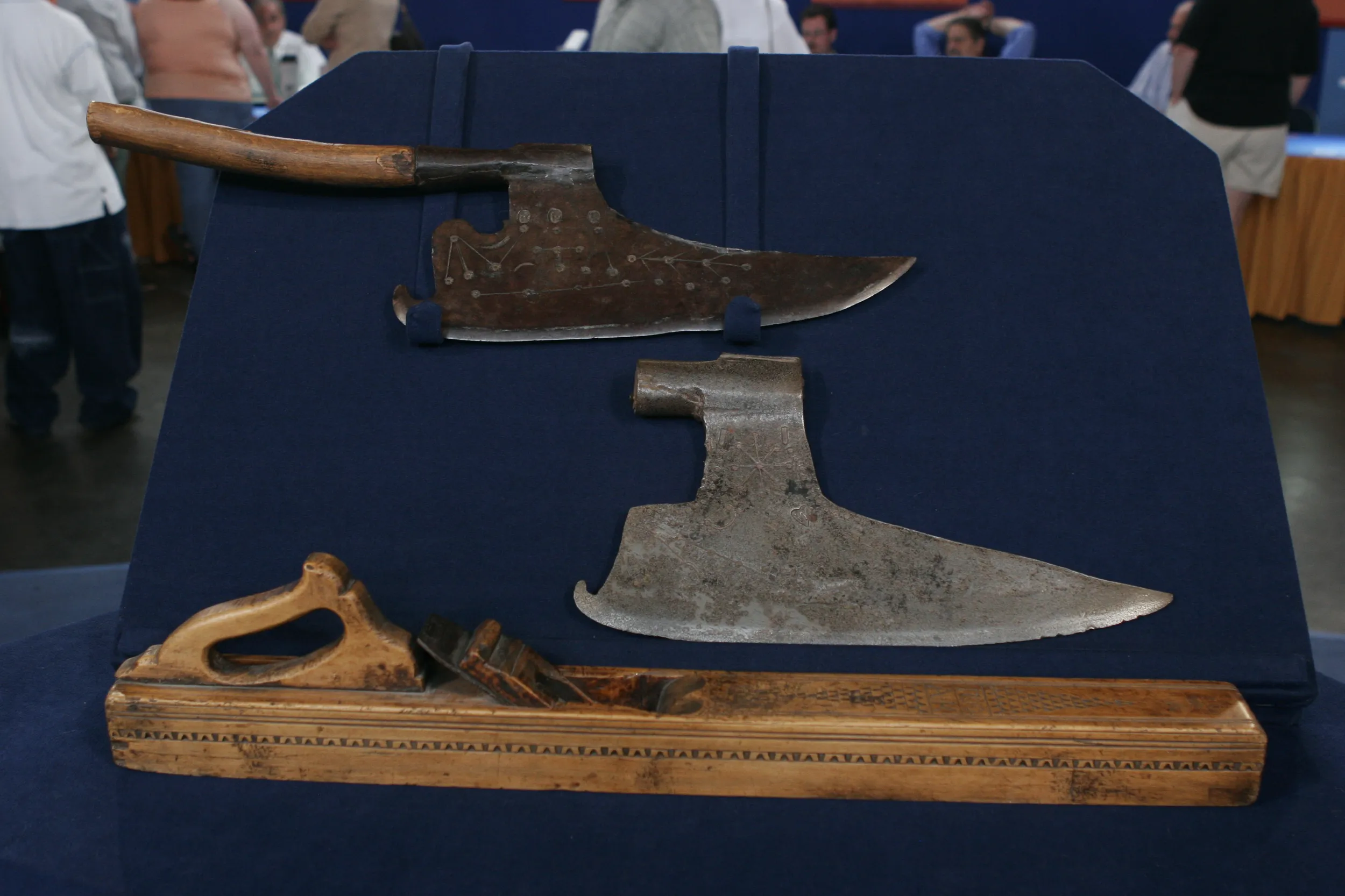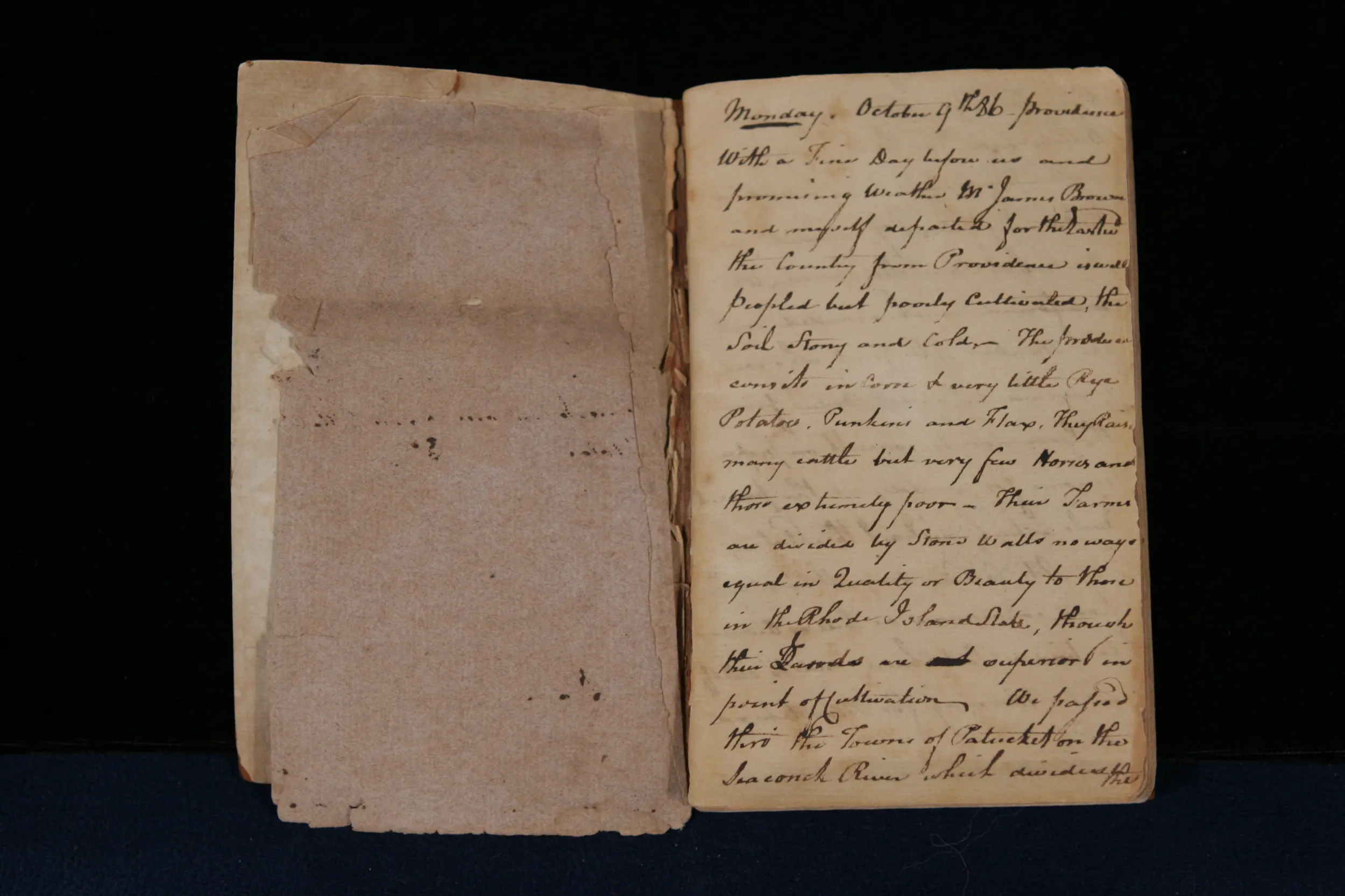GUEST: They're memorial rings, and some of them have coffins and skulls on them. They generally have the person's name and the date of their death, sometimes the date of their birth and their age. I had read about a coffin ring once in a mystery novel when I was young and was intrigued by it and sort of began a search and then noticed memorial jewelry and I was fascinated by it because I thought it had a story to tell and it was an interesting custom.
APPRAISER: It was a charming custom and something that, if you're not familiar with it, seems a little creepy and odd and macabre, but there was a reality about death, and the idea that people didn't always live that long and they were prepared for it and recognized it. And one of the things that the wealthier families did as a custom, particularly in the 18th century, was to leave arrangements in their will. A suitable amount of gold mourning jewelry would be made and distributed to the family members. And you have collected a wonderful range of items. From this side, a wedding band with black enamel, a pearl ring, and I think there's some hair under glass in the center of it. This is an 18th-century band that's dated 1750. So, a lot of these are before our American Revolution. I believe that all of these items were made in England. This is the kind of memorial jewelry that was made for British consumption. And, you know, those sepia tones were little pieces of hair that they cut up and made into a paste and painted with that. Let's focus on these three rings, because they are the rarest ones and the most desirable. This first one here has a coffin-shaped rock crystal.
APPRAISER: And underneath that rock crystal is a little painting on paper of a full skeleton, and then around it in enamel are figures of a skull and crossbones and the shovel they would use to dig the grave. It's very macabre and very kind of just fascinating if you like that kind of stuff.
GUEST:(chuckling): ...kind of stuff.
APPRAISER: The middle ring here, this one, is a silver skull with ruby eyes and a gold shoulder. It's a very early one. I would say it's late 17th or early 18th century, and it's quite good. And this third one has this skull under a rectangular rock crystal, but this has some marvelous enameling going around the body of the ring. And I just want to see if we could show this. The enameling depicts the entire skeleton, starting with his head and going down his shoulders and his rib cage and his pelvis,
GUEST:(chuckling)
APPRAISER: Down to his feet, and it's in amazing condition. This ring dates about 1720, and it's a superb example that one seldom sees. You have a sense of the value of what you paid for these things, and you've done this for how long?
GUEST: Probably 25 years, maybe. 20, 25 years.
APPRAISER: Well, 25 years of collecting. Can you estimate what you've invested in this collection? We have 15 rings and one brooch.
GUEST: Some pieces maybe a couple of hundred dollars, some pieces a couple of thousand...
APPRAISER: At retail, in the collectors' market, the three skull rings-- these are the most sought after of the memorial ring collectibles--a collector would be happy today to spend at least $5,000, take your pick, for any one of these three rings. The whole collection, as I see it today, at retail in the collectors' market is $40,000.
GUEST: Okay.
APPRAISER: So it pays to do your homework.
GUEST: It pays to do your homework—it does.
APPRAISER: Thanks for bringing them to the Roadshow.
GUEST: Oh, it's been wonderful.











